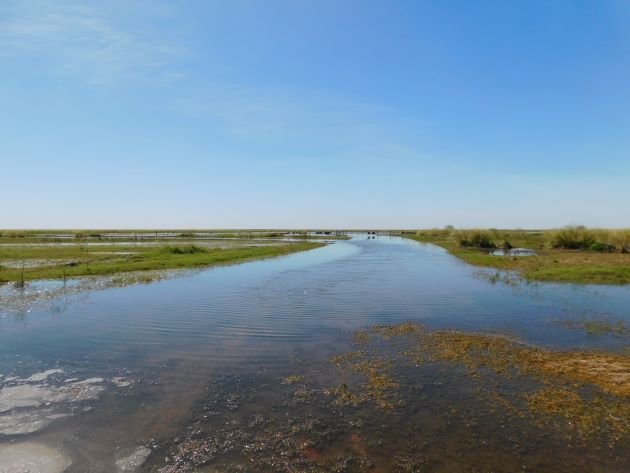
As you can see in the header photo, there is still floodwater from the highway to the station gate across Roebuck Plains. The edges of the highway have started to dry out now and you can get off the bitumen in a few places to take in all of the bird activity. It has been rather precarious until now and there is evidence of sticky situations in the dirt beside the highway! Now we have much cooler overnight temperatures the water level has remained quite constant for a few weeks, but the bird-life is constantly changing.
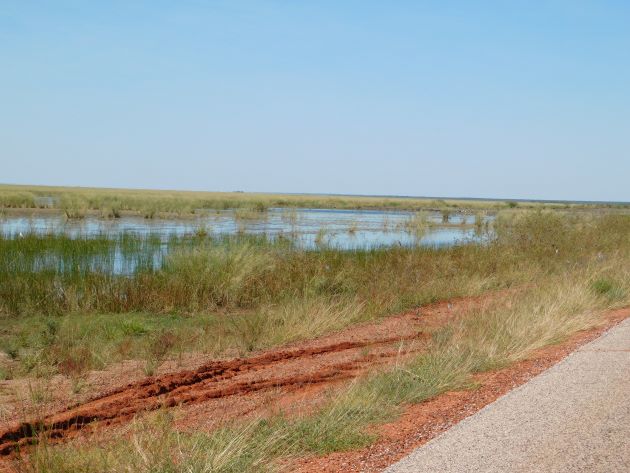
Floodwater at the edge of the highway
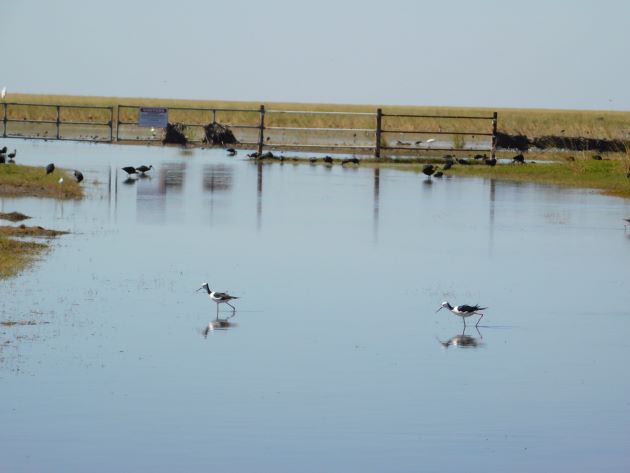
Bird-life around the station gates
There are now a lot more Glossy ibis in the area and they soon take flight when they are disturbed by the Swamp Harriers. There are also a lot more Red-kneed Dotterels and Black-fronted Dotterels visible. With the extent of the tall vegetation many species have been able to breed and hide for many months and now they are becoming more visible from the highway.
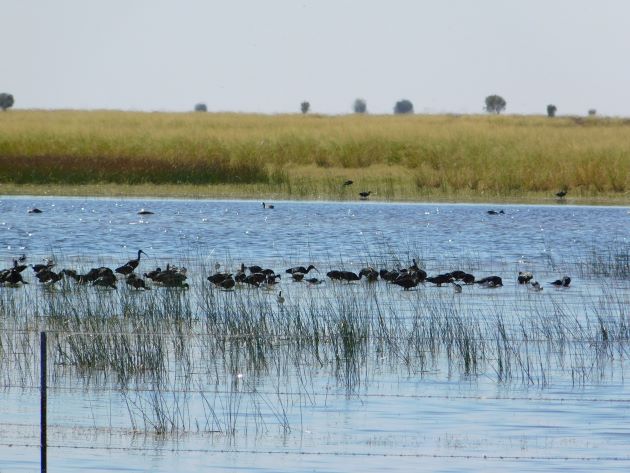
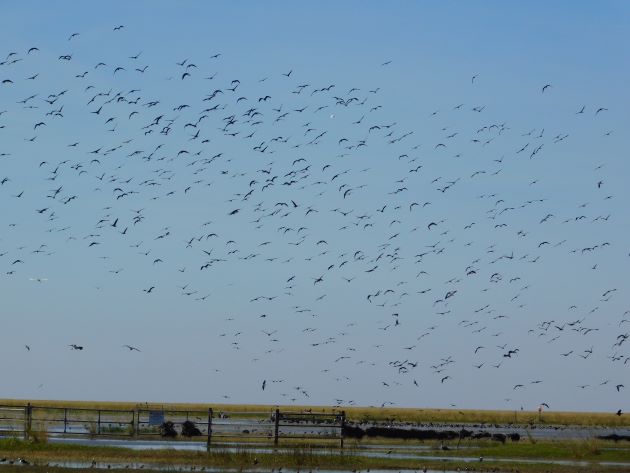
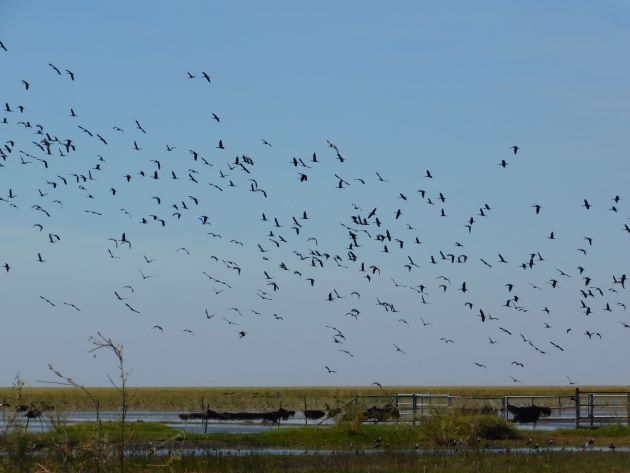
Glossy Ibis
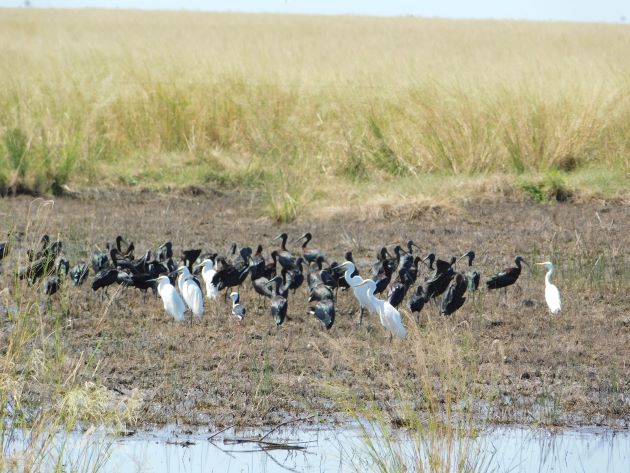
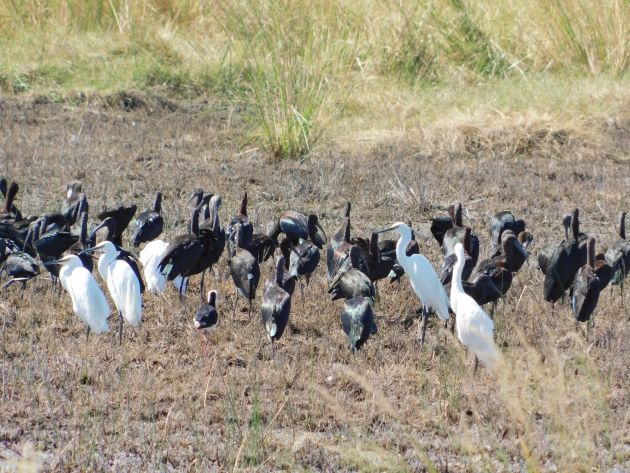
Glossy Ibis and Egrets
Recently there has been an influx of Masked Woodswallows that have been feeding along the edge of the highway. The vegetation is starting to collapse as the land dries out. The Masked Woodswallows have been roosting along the barbed wire station fence as well, which makes for easier observations. There are still White-breasted Woodswallows present, but not in such large numbers.
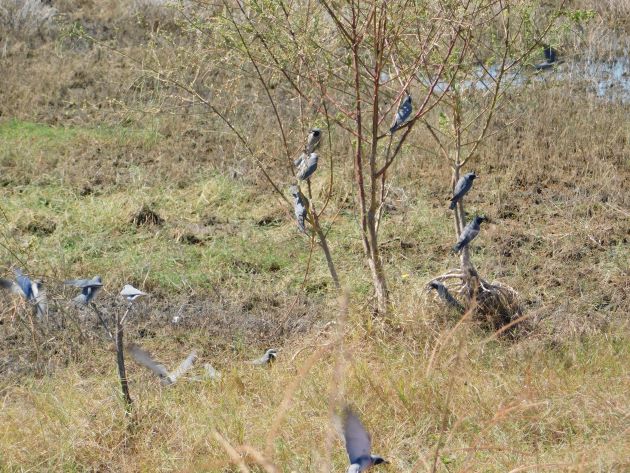
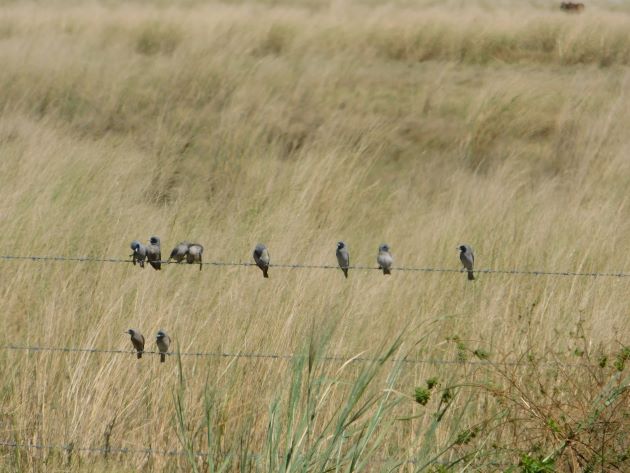
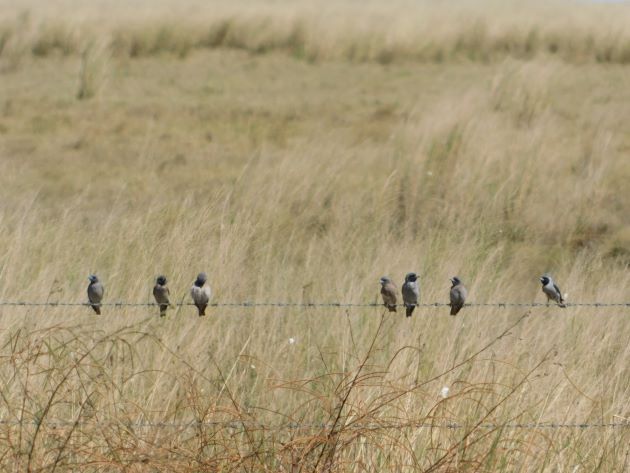
Masked Woodswallows
There are now a lot more White-necked Herons in the area than there were a few weeks ago. There is ample food for many species and you can clearly see the small fish around the culverts. The station gates ae useful roosts and vantage points for the birds too.
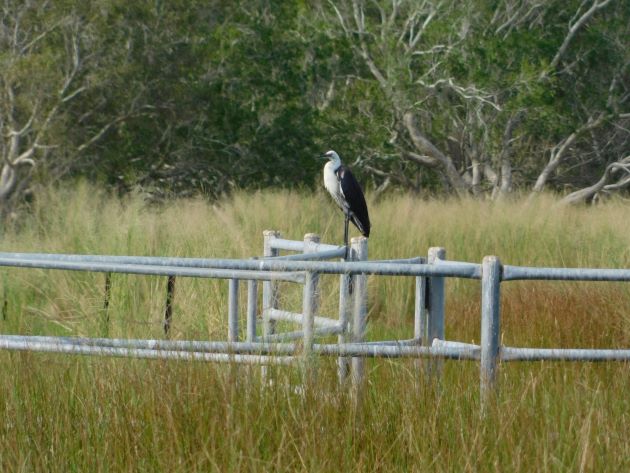
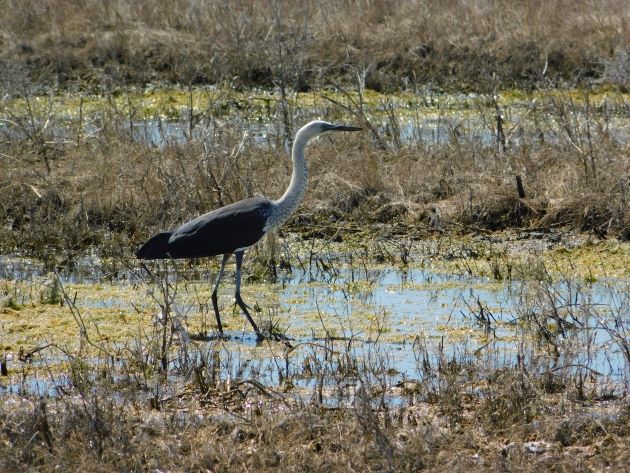
White-necked Heron
The Great Egrets, Intermediate Egrets and Little Egrets continue to feed right against the edge of the highway oblivious to the traffic. Despite the highway being the only highway around the north of Australia it is not particularly busy by any standard anywhere else in the world. It is busier now than it was a few months ago, but it is also easier to get off the bitumen to birdwatch.
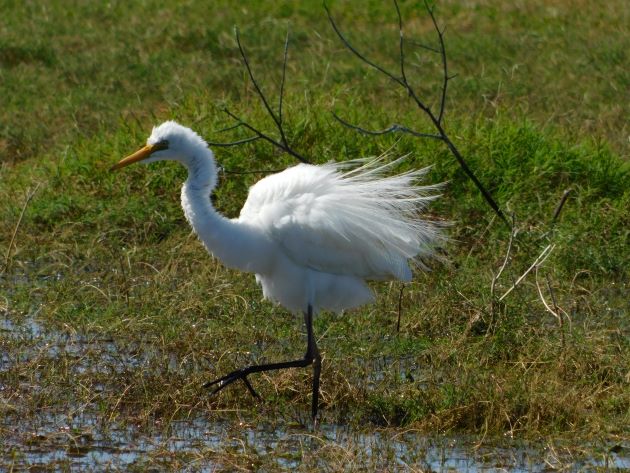
Intermediate Egret
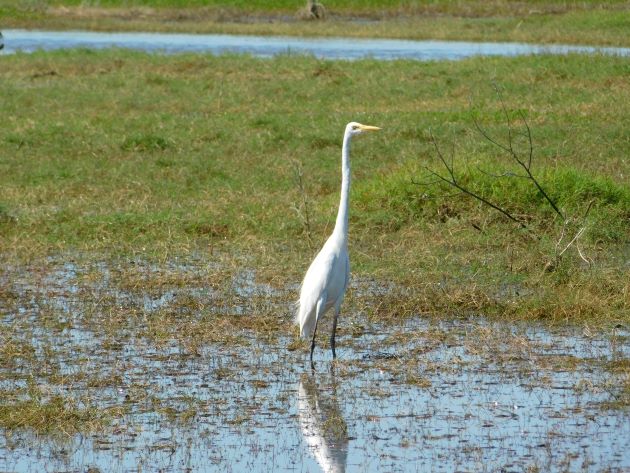
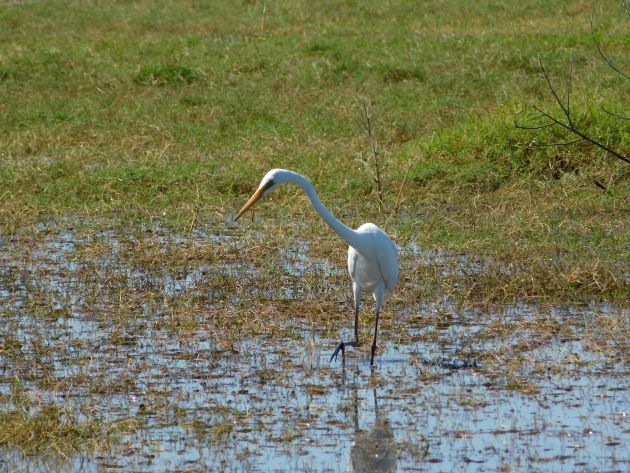
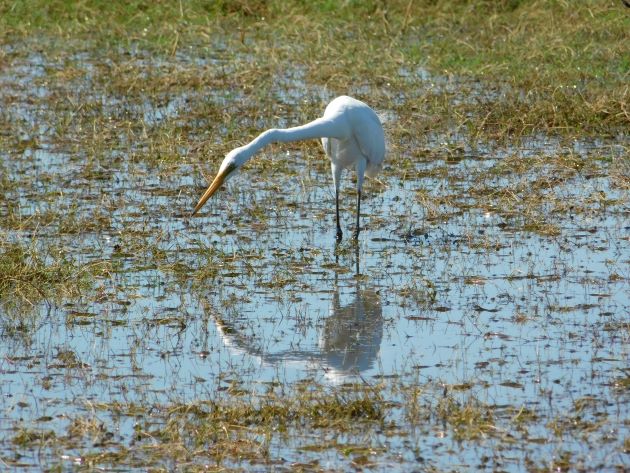
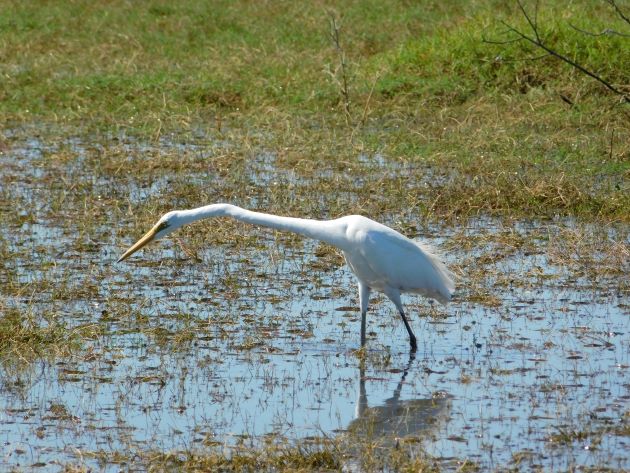
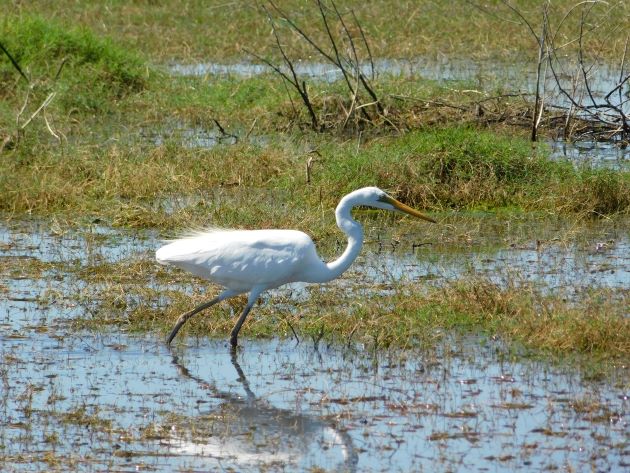
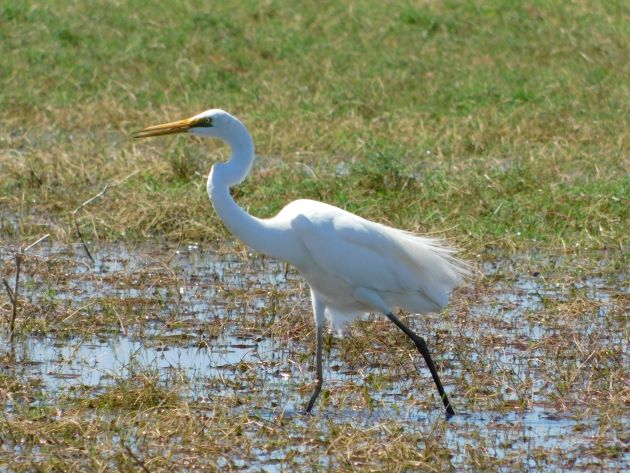
Great Egret feeding beside the highway
The Pied Herons that arrived in the area a few months ago appear to have bred and there are now juvenile birds amongst the adults.
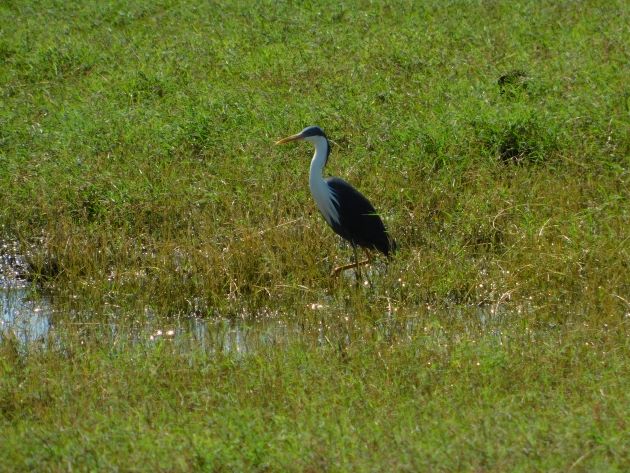
Pied Heron
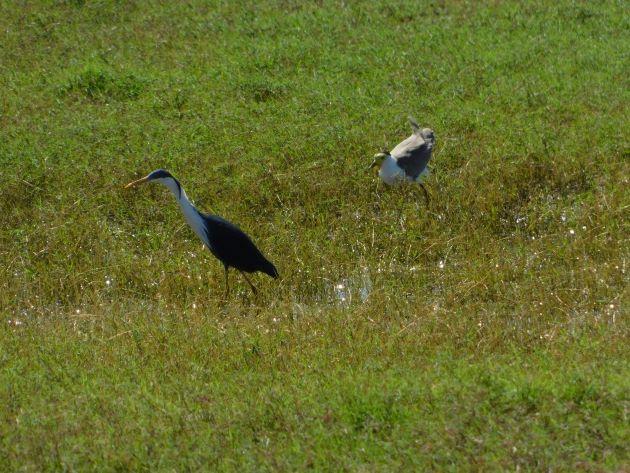
Pied Heron and Masked Lapwing
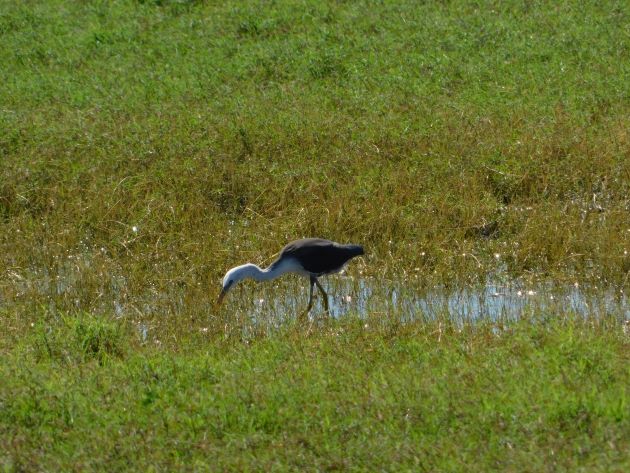
Juvenile Pied Heron
There are Australian Pelicans constantly on the move from the coast to the flooded plains and there are plenty of fish for them to eat still. Many areas are very busy with birds including the Black-necked Stork, Royal Spoonbills, Egrets, all three species of Ibis and many other water birds. There are also areas that are a great environment for many of the duck species and Magpie Geese.
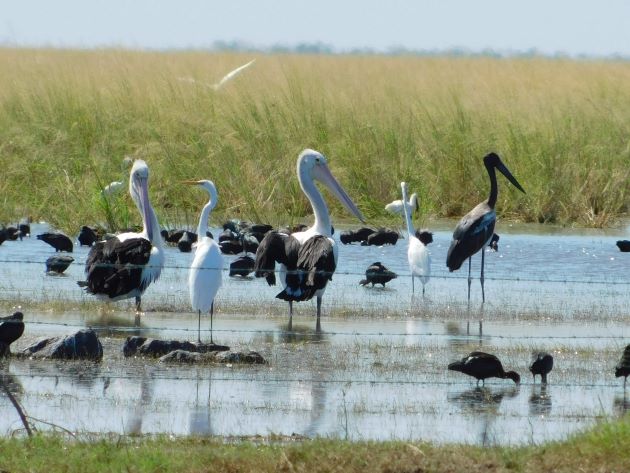
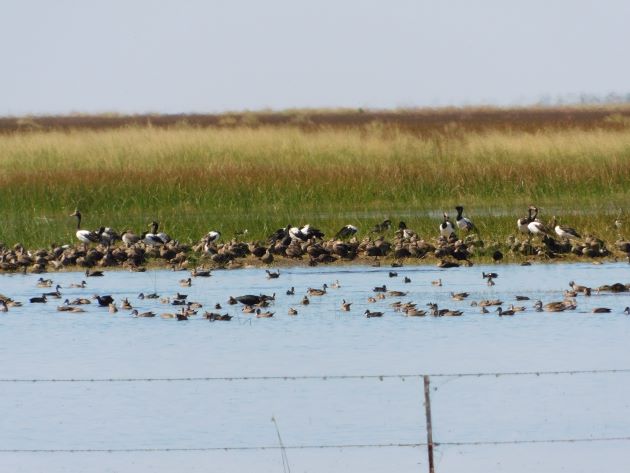
Bird-life beside the highway
When we have had significant rainfall during our wet season we have the privilege of being able to observe many bird species that would not normally come here. The area that crosses Roebuck Plains is an eBird hotspot for obvious reasons. Over 200 bird species have now been observed in the area, so it is definitely worth slowing down as you traverse that ten kilometre stretch of highway as you travel around Australia. Once the land dries out the bird-life will dramatically reduce, but for now there are plenty of birds to observe. If you don’t enjoy bush-walking then this gives you the perfect opportunity to birdwatch from your vehicle!












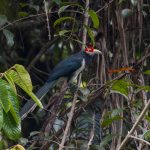
Leave a Comment